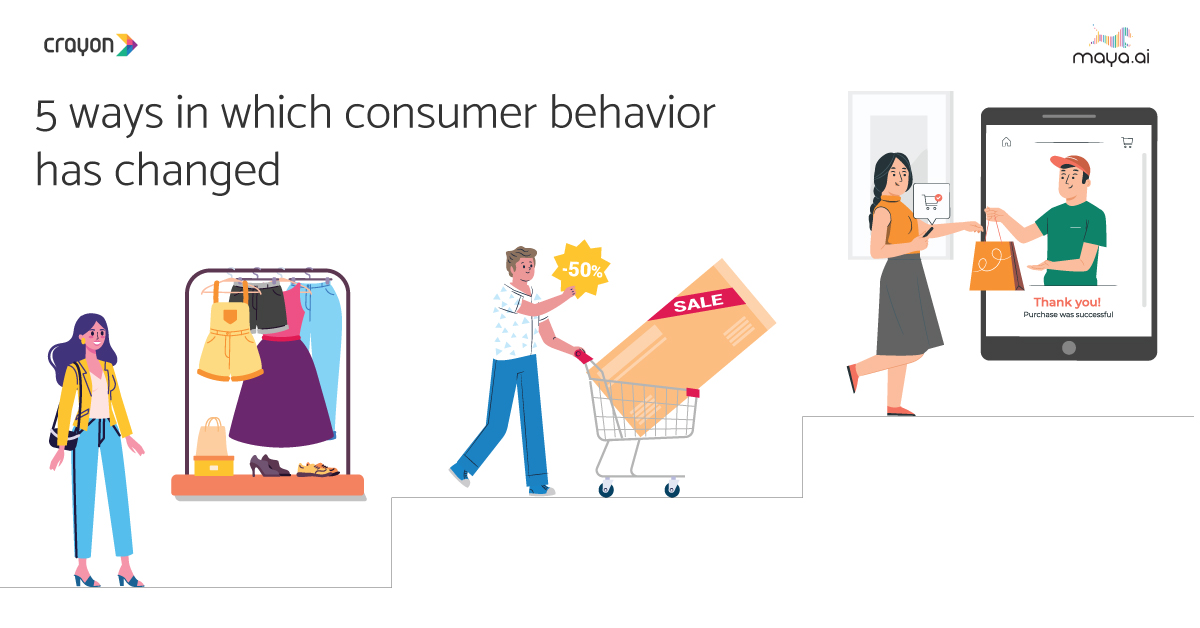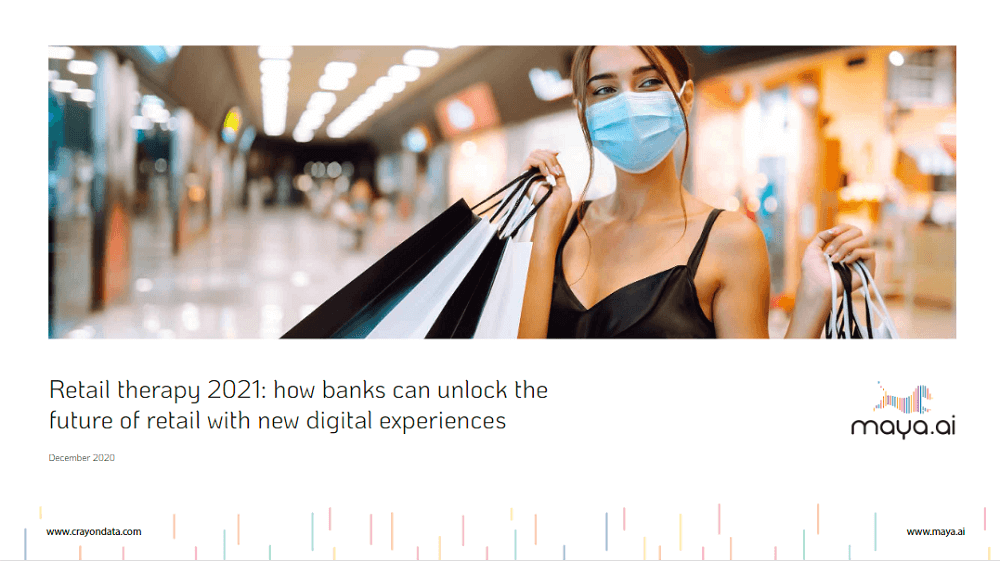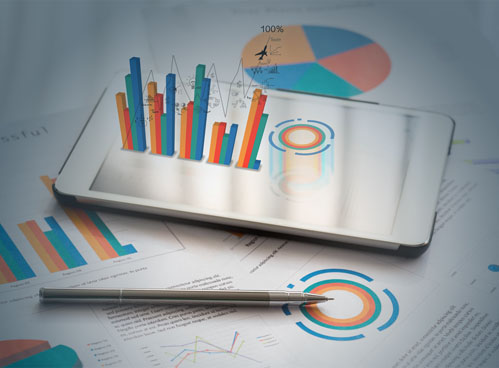In an age of massive data generation, businesses have more raw information at their disposal than ever before. Many organizations are in the process of figuring out how to turn their data into value. Because every business has aspirations for their analytics program.
According to a survey, companies list advanced analytics (like AI) and cost reduction as their top priorities. Understandably so, leveraging AI goes hand in hand with reducing business expenses.
Let’s discuss four key areas where AI and data analytics can reduce a business’ bottom lines significantly.
Monitor and thwart cyber attacks
Cyber attacks are an every-moment threat in today’s digital landscape. They’re also incredibly costly, amounting to more than $1 million on average in 2018. Any cyber security expert will tell you there’s no way to eliminate the risk of a cyber attack. While that’s true, implementing various safeguards and layers of cyber defenses reduces threats considerably.
AI, via machine learning and pattern recognition, enables IT and security teams to monitor network health around the clock. Scanning tens of thousands of logs daily alerts of suspicious activity and can prevent attacks from spreading.
AI also can play a crucial role in automating processes for identifying attacks and managing the aftermath of breaches. However, a key reason why cyber attacks are hard to prevent against is that they don’t always target networks and systems. Human error remains a significant exploit for cyber hackers. This is why the future of AI in cyber defense (just like the future of AI in many things) will be a combination of human intelligence and AI.
Anticipate changes in the supply chain
Historical business success doesn’t have as much merit for future sales. Several brick-and-mortar firms learned this the hard way over the last decade. Competition across retail verticals is still as fierce as ever. While much of that competition is centered on the customer experience, it’s the investments in supply chain infrastructure that gives organizations a long-term competitive edge over their competitors.
From automated warehouses staffed entirely with robots to AI-powered supply chain analytics software, many cutting-edge solutions exist to streamline processes and widen visibility.
Sensor technology is an integral component of supply chain analytics tools that monitor machine health and give employees instant access to lead times, inventory levels, delivery estimates, and distributor sales. Real-time access to this information cuts down on issues like bottlenecks and out of stocks before they occur, saving businesses money but also their reputations.
Improve customer experience
The quality of the customer experience has become a significant indicator of a business’ impending failure or success. Intending to offer an exceptional customer experience doesn’t necessarily equate to delivering one. Mastering the omni-channel interactions and serving user intent at every stage of the buying journey is complicated. Many marketing teams are overwhelmed.
AI is the perfect match for this complexity. AI-powered analytics suites are primed to consolidate not only customer data from various sources but also deliver real-time insights from multiple consumer touch points through custom API integrations.
The more data and context AI are given, the more effective it will be at satisfying user intent across channels. This means smarter chat bots and virtual assistants. It also means giving users more targeted content via email, landing pages, blog articles, and so on.
Reduce employee turnover
Companies of all sizes and types share a burden when it comes to hiring. Those with smaller human resource departments and a lack of processes in place to facilitate hiring and on-boarding suffer in particular. AI is the perfect solution needed to help human resource employees with tedious tasks like sifting through resumes, grouping candidates appropriately, and scheduling interview times.
Armed with quality data, AI can also gauge how well a job candidate fits with a company, alert when an employee might be disengaged in their role or assess how a recent hire is taking to the on-boarding process. The result is a faster hiring life cycle, more effective hiring, and less employee turnover.
Artificial intelligence as a whole may only be vaguely clear, but the benefits of pairing data analytics with AI are clear to see.

























